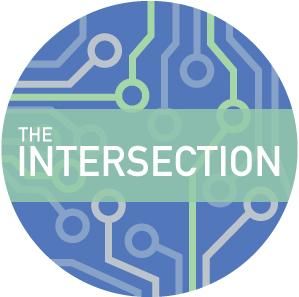 There’s very little shoppers can’t buy on eBay nowadays — everything from crab-flavored chips to Corvettes are up for grabs with just a few clicks.
There’s very little shoppers can’t buy on eBay nowadays — everything from crab-flavored chips to Corvettes are up for grabs with just a few clicks.
But everyday buyers and sellers aren’t the only ones browsing the online shopping and auction website. The Labor Department found itself perusing the site for replacement parts for one of its older IT systems. When asked about the purchase during a May House subcommittee hearing, Labor CIO Dawn Leaf said the servers in question had been upgraded and replaced.
The reality is there are billions of dollars worth of hardware and software in use across government that is either obsolete or on the verge of no longer having support from vendors to provide software patches, maintenance, replacement parts and other upgrades.
“Agencies reported using several systems that have components that are, in some cases, at least 50 years old,” according to a May Government Accountability Office report that sheds light on the government’s legacy IT dilemma. “For example, the Department of Defense uses 8-inch floppy disks in a legacy system that coordinates the operational functions of the nation’s nuclear forces. In addition, the Department of the Treasury uses assembly language code — a computer language initially used in the 1950s and typically tied to the hardware for which it was developed.”
Let’s not harp on age alone, especially for systems that are still functional. As DoD CIO Terry Halvorsen put it, “COBOL won’t be going away anytime soon.”
But the real issue is that older systems are difficult and expensive to maintain, and having unsupported hardware and software is a recipe for data breaches, Dave Powner, Director of Information Technology Management Issues at GAO, said at the hearing.
The good news is some of the agencies GAO identified in its report, including DoD, Social Security Administration and the Justice Department have plans to modernize or replace aging systems. One of the main barriers agencies cite is lack of funding, which is why the Obama administration has proposed a $3.1 billion revolving fund to pay for the retirement, replacement, and modernization of legacy IT that’s difficult to secure and expensive to maintain.
There would be an independent board to provide oversight, technical support and regular monitoring to ensure projects that receive funding are subject to central oversight, said Federal CIO Tony Scott. Agencies would be expected to repay the funds over time.
Below are 10 stats that highlight the government’s legacy IT challenges and potential solution:
-
- $80 billion is what federal agencies reported spending on IT in fiscal 2015. [Tweet this]
-
- 75 percent of the government’s more than $80 billion IT budget funded operations and maintenance investments (O&M) for existing projects, leaving little funding for new IT development and modernization and enhancements projects. (Below is another breakdown of O&M projects). [Tweet this]
-
- 5,233 of the government’s roughly 7,000 IT investments are classified as O&M activities, according to GAO. [Tweet this]
-
- $7.3 billion is how much spending for new IT developments has decreased since fiscal 2010. [Tweet this]
-
- 70 legacy programing languages is the best estimate that lawmakers have of what’s in use across federal agencies today.[Tweet this]
-
- 155 million lines of COBOL and 135 million lines of FORTRAN — a programming language developed in the 1950s for scientific and engineering applications — are in use governmentwide. That’s based on a survey House lawmakers gave to agencies.[Tweet this]
-
- $3 billion worth of hardware and software used across federal agencies will no longer be supported by vendors within the next three years, according to the federal CIO.[Tweet this]
-
- 2 years is the average tenure of federal CIOs. Most of them do not get around to tackling massive IT modernization projects in that short time period.[Tweet this]
-
- $3.1 billion IT modernization fund is what the Obama administration is proposing to help agencies replace outdated systems with more modern and adaptive systems. Agencies would be required to repay the funds over time.[Tweet this]
-
- $12 billion in modernization projects could be covered by the fund over the first 10 years, according to Scott.[Tweet this]





Leave a Reply
You must be logged in to post a comment.